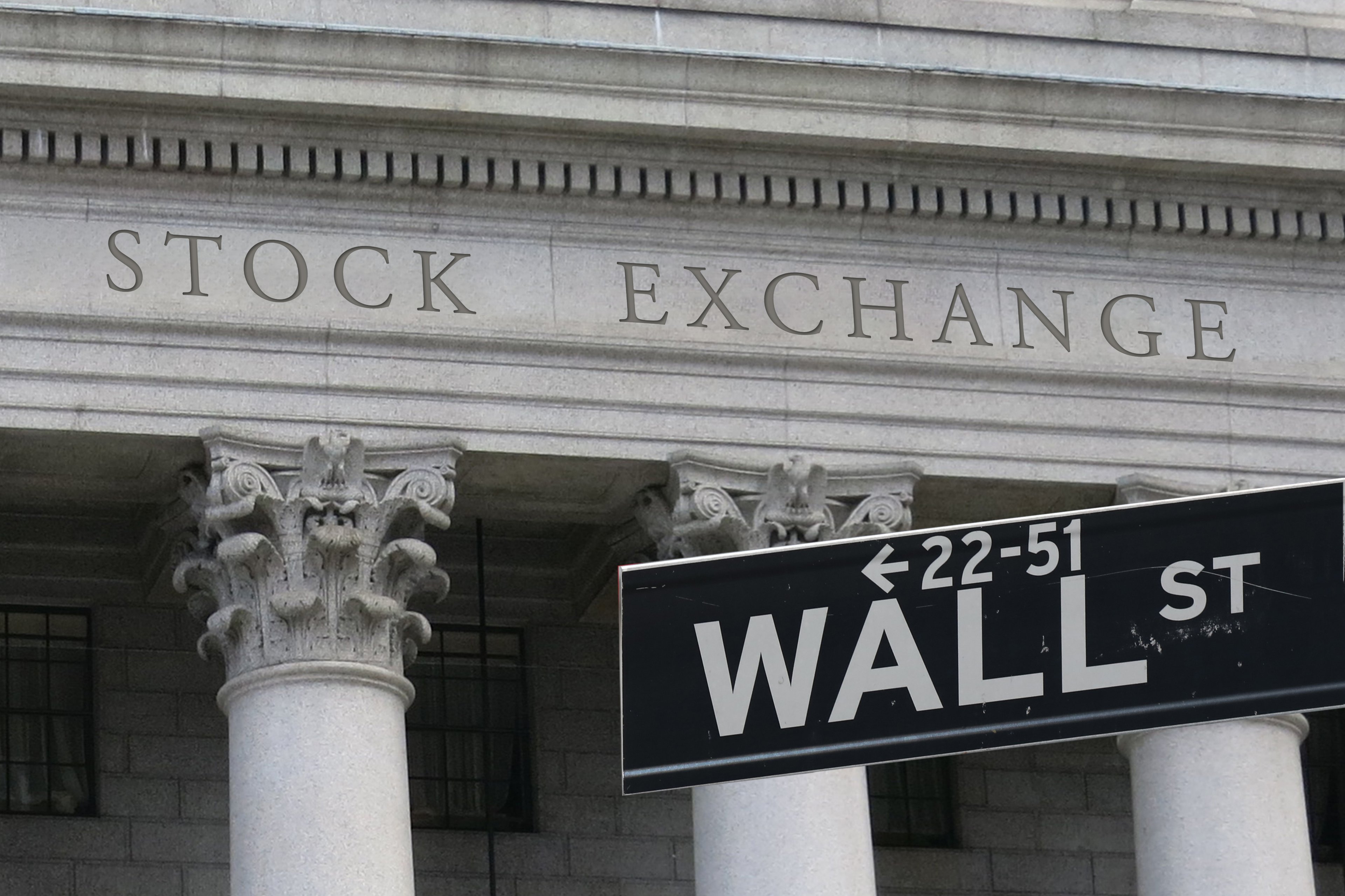America's largest bank, JPMorgan Chase (JPM 0.38%), continues to get the short end of the regulatory stick when it comes to capital requirements. Following the Federal Reserve's stress testing last week, JPMorgan recently said its new required common equity tier 1 (CET1) capital ratio threshold had increased from 10.5% to 11.3% .
That means the bank will have to hold billions of dollars more in regulatory capital to cover unexpected loan losses. While the move might be prudent considering the times ahead, it doesn't bode as well for JPMorgan's stock because regulatory capital cannot generate any kind of return for the bank. Additionally, this new requirement could make maintaining the dividend more of a challenge for JPMorgan down the line.

Image source: Getty.
How did this happen?
The Federal Reserve last week released the results from its annual stress tests. During this exercise, the Fed put the 33 largest banks with more than $100 billion in assets through a series of hypothetical scenarios. Essentially, the Fed projects how a bank's balance sheet might perform if GDP were to contract by, say, 13% over a specific time period, and unemployment were to rise to maybe 10%. The goal is to make sure banks have enough capital to continue lending if their profits shrink and loan losses rise substantially.
These tests aren't just important for the global economy, but they also determine how much capital a bank is required to hold. The tests showed that JPMorgan could sustain healthy capital and continue to pay its normal dividend during the most adverse scenarios the Fed put banks through. But the results also required JPMorgan to maintain a higher CET1 capital ratio.
A closely watched metric by regulators, the CET1 ratio measures the base level of capital a bank needs to maintain as a percentage of its risk-weighted assets. The idea is that even after a bank accounts for lots of unexpected loan losses, it still needs to be able to extend credit to people and businesses during a downturn. CET1 capital includes retained earnings, common stock surpluses, and accumulated other comprehensive income.
Here is how the CET1 ratio is set up:

Image source: Federal Reserve.
- Every bank has a minimum requirement (the bottom layer) of 4.5%.
- The middle layer, the stress capital buffer, is new this year. It includes four quarters of common dividends and a buffer to cushion potential loan losses that could arise from the Fed's stress testing scenarios. This is why stress testing is so important, because based on what the Fed projects in its models, it has the power to make banks increase this middle layer, therefore increasing the entire CET1 ratio requirement. JPMorgan saw this piece of the equation go from 2.5% to 3.3%, resulting in the overall increase.
- The top layer, the global systemically important banks (GSIB) surcharge, is for the the largest banks in the country, such as Bank of America (BAC 0.14%), Citigroup (C 0.94%), and Wells Fargo (WFC 0.08%), along with a few others. These banks are required to hold more capital than others because if one fails, it could bring down the entire financial system. The GSIB surcharge varies from bank to bank, but JPMorgan said in its most recent annual filing that its GSIB surcharge would be 3.5% in 2020 .
That gives JPMorgan a total CET1 ratio of 11.3% when the new capital requirements take effect on Oct. 1.
Why this is bad for JPMorgan
One reason this is bad is because Citigroup's required CET1 ratio remained the same at 10% , while Bank of America's remained at 9.5% .
JPMorgan, however, will have to add billions of dollars to its regulatory capital buffer. For instance, at the end of the first quarter, the bank had $1.6 trillion in risk-wighted assets (this amount will likely change after Q2 earnings are reported). With a 10.5% required CET1 ratio, JPMorgan would need to hold $168 billion in CET1 capital to operate without breaching regulatory thresholds. But at 11.3%, JPMorgan needs to hold roughly $181 billion. That's a difference of $13 billion, an amount larger than many community banks and some regional banks. Now, instead of deploying that $13 billion into assets such as loans or securities that generate returns, the money will sit still. Sure, banks may not be too worried about making loans right now, but this requirement will last until Sept. 30, 2021.
This could also make it harder for JPMorgan to maintain its dividend down the road, because if a bank's regulatory capital falls below the required threshold, it is limited to capital distributions equal to 60% of eligible retained income. JPMorgan at the end of the first quarter had a CET1 ratio of 11.5%, just slightly over the 11.3% requirement. I think there is a good chance the ratio rises, because in the first quarter banks saw an unprecedented amount of drawdowns on existing lines of credit. But depending on how long the coronavirus pandemic persists, the bank could flirt with the 11.3% level again. The bank might be able to still pay its normal dividend at 60% eligible retained income, but at that point a dividend cut becomes a very serious consideration, and future share repurchases would be extremely limited, if they were to happen at all.
Looking ahead
While JPMorgan's new CET1 ratio requirement looks to be 11.3%, the bank said in its announcement that the Fed will provide the bank with its final stress capital buffer, and therefore its final CET1 ratio, on Aug. 31. Large banks will also need to resubmit their capital plans and go through more stress testing later this year. I do think JPMorgan's actual CET1 ratio should rise after the second quarter, but given that the coronavirus doesn't look like it's going away until there is a vaccine, the 11.3% ratio makes a dividend cut down the line much more of a possibility.









